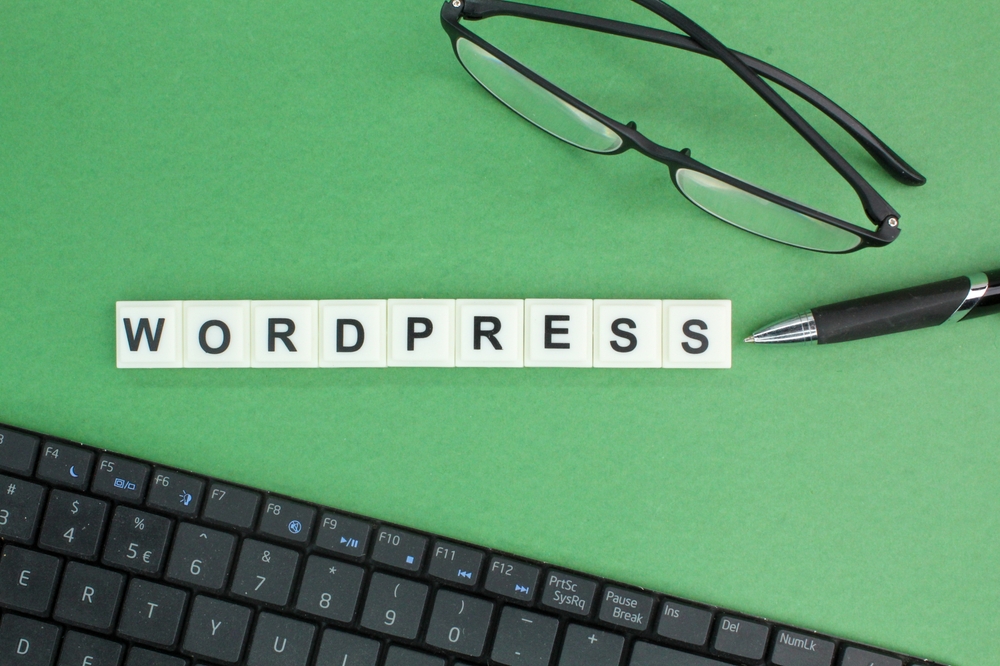
WordPress has undoubtedly become one of the most popular and widely used content management systems (CMS) for building websites. Its ease of use, flexibility, and vast library of plugins and themes have made it a top choice for both beginners and seasoned developers. However, truly mastering WordPress and harnessing its full potential requires a deep understanding of its customization and maintenance capabilities. In this article, we will share expert tips to help you customize and maintain your WordPress (the platform for bloggers) website like a pro.
1. Choose the Right ThemeThe first step towards creating a visually appealing and functional website is to choose the right theme. WordPress (or WP) offers thousands of free and premium themes that cater to various industries and design preferences. When selecting a theme, consider factors such as responsiveness, page load speed, SEO friendliness, and customization options. Opt for a lightweight and well-coded theme that aligns with your website's goals and branding.
2. Customize Your Website's Layout
WordPress (WP) allows you to easily customize your website's layout using widgets and page builders. Widgets are pre-designed elements that you can drag and drop into your website's sidebars and footers. These widgets add functionality such as contact forms, social media icons, and recent posts. Additionally, page builders like Elementor or Divi provide a visual interface for designing custom pages and layouts without any coding knowledge. Experiment with different layouts until you find the one that best represents your brand.
3. Leverage Plugins for Advanced Functionality
WordPress (the blogging platform) plugins are powerful tools that can extend your website's functionality with just a few clicks. Whether you need a sophisticated e-commerce store, search engine optimization tools, or a membership system, there's a plugin available for almost any requirement. However, be mindful of plugin overload, as having too many can slow down your website. Stick to essential plugins and regularly review and deactivate any that are no longer needed.
4. Optimize for Speed and Performance
Website speed plays a crucial role in user experience and search engine rankings. Slow-loading websites often lead to high bounce rates and frustrated visitors. To optimize your WordPress website for speed, minimize the use of large image files, enable caching, leverage a content delivery network (CDN), and use a quality hosting provider. Additionally, consider using performance optimization plugins like W3 Total Cache or WP Rocket to further enhance your site's speed.
5. Secure Your Website
Keeping your WordPress website secure is of utmost importance. The platform itself is relatively secure, but vulnerabilities can arise from improperly managed plugins, themes, weak passwords, or outdated WordPress versions. To protect your website, regularly update WordPress and all installed plugins and themes, use strong passwords, limit login attempts, and implement security plugins like Wordfence or Sucuri. Backup your website regularly to ensure you have a recent copy in case of any mishaps.
6. Regularly Monitor and Maintain
Maintaining your WordPress website is an ongoing process. Ensure that you regularly monitor and tackle any issues to keep your website running smoothly. Regularly check for broken links, update content, optimize images for SEO, and periodically review and update your website's design for a fresh and modern look. Additionally, monitor analytics to gain insights into your website's performance and user behavior, enabling you to make data-driven decisions to improve the user experience.
Frequently Asked Questions:
Q1: How can I customize the appearance of my WordPress website?A1: To customize the appearance of your WordPress website, choose a suitable theme, customize the layout using page builders, and leverage widgets to add functionality and design elements.
Q2: How many plugins should I install on my WordPress website?
A2: It is recommended to install only essential plugins on your WordPress website. Avoid plugin overload, as having too many plugins can slow down your website and increase the risk of conflicts.
Q3: How can I improve the speed of my WordPress website?
A3: To improve the speed of your WordPress website, optimize images, enable caching, use a CDN, and choose a reliable hosting provider. You can also utilize performance optimization plugins to further boost your site's speed.
Q4: How can I ensure the security of my WordPress website?
A4: To ensure the security of your WordPress website, regularly update WordPress, plugins, and themes, use strong passwords, limit login attempts, and install security plugins to detect and prevent potential threats.
Q5: What maintenance tasks should I perform regularly on my WordPress website?
A5: Regular maintenance tasks for your WordPress website include checking for broken links, updating content, optimizing images, reviewing and updating design, and monitoring analytics for performance insights.
In conclusion, mastering WordPress goes beyond installing a theme and adding content. By customizing and maintaining your website using the expert tips mentioned above, you can unlock the true potential of WordPress and create a dynamic, secure, and user-friendly website. Remember to stay up to date with the latest best practices, continuously improve your skills, and enjoy the journey of building and maintaining your WordPress website.
Other useful resources
- https://en.wikipedia.org/wiki/WordPress
- https://en.wikipedia.org/wiki/Blog
- https://www.wordpress24plus.com/topics/wordpress-tips-and-tricks/